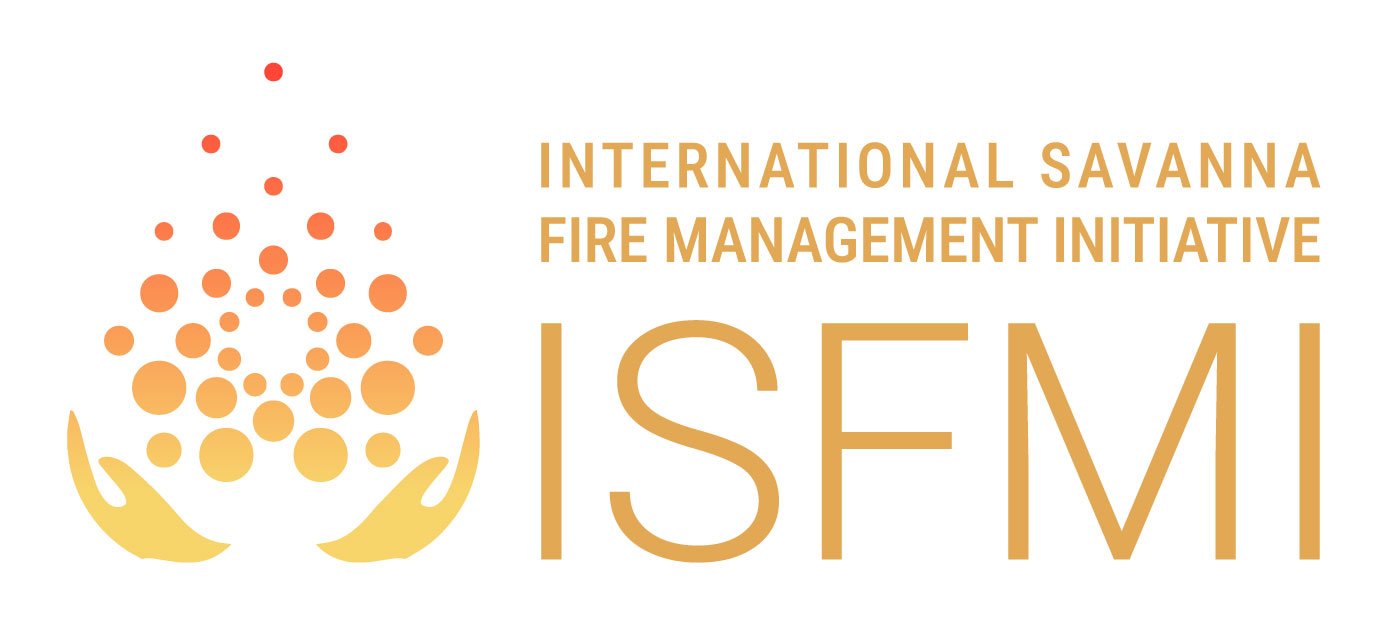ISFMI/Tsodilo Hills Community Early Burning Stops 2021 Late Dry Season Wildfires Entering Tsodilo Hills World Heritage Site
2021 Late Dry Season Wildfires fail to broach the perimeter of 2021 Early Dry Season managed burning. Credit: ISFMI and Tsodilo Hills Community Trust 2021
LDS Wildfires reach perimeter of Kasane Forest Reserve and Extension Credit: ISFMI 2021
Tsodilo Hills Community Members undertake Early Dry Burns in Tsodilo Hills World Heritage Area May 2021
Proving that early dry season community fire management works, the Tsodilo Hills Community in partnership with the ISFMI and the Government of Botswana has prevented 2021’s late dry season wildfires entering the world famous World Heritage Area.
In one breath the Tsodilo Hills community praised the exceptional rains of the previous wet season, in another they expressed trepidation of the wildfire threat this would certainly bring in the late dry season.
Luckily they are not alone in maintaining their subsistence livelihoods or protecting the natural and cultural heritage of the Tsodilo Hills World Heritage Site in the fire-prone savanna landscape of Northwest Ngamiland, Botswana. Collaborative efforts between the Government of Botswana, the Tsodilo Community and the ISFMI culminated in implementing the final year of the Tsodilo Enclave Bush Fire Risk Management Strategy.
The Tsodilo Hills Community Fire Team employed the traditional fire management practice of ‘early burning’ to establish a protective firebreak around the entire Tsodilo Hills perimeter (25km) in May. Prescribed fires in the early dry season (relatively cool, humid, less windy) are typically low intensity, patchy and self-limiting.
Following three months of tranquillity the anticipated late dry season (August – October) wildfires commence upwind of Tsodillo Hills. A high intensity 50,000 ha wildfire swept through the hot, dry landscape consuming all available vegetation fuel load in its path, except the Tsodilo Hills. The traditional burning of the Team in May successfully protected the World Heritage Site (affectionally known as The Mountain of the Gods).
Extensive late dry season wildfires impact negatively on the community livelihoods, ecosystem function and biodiversity values of Northwest Ngamiland and result in significant GHG emissions. The ISFMI and Botswana partners have been developing the necessary frameworks over the past years to enable savanna fire management projects incentivised through emissions reduction.



